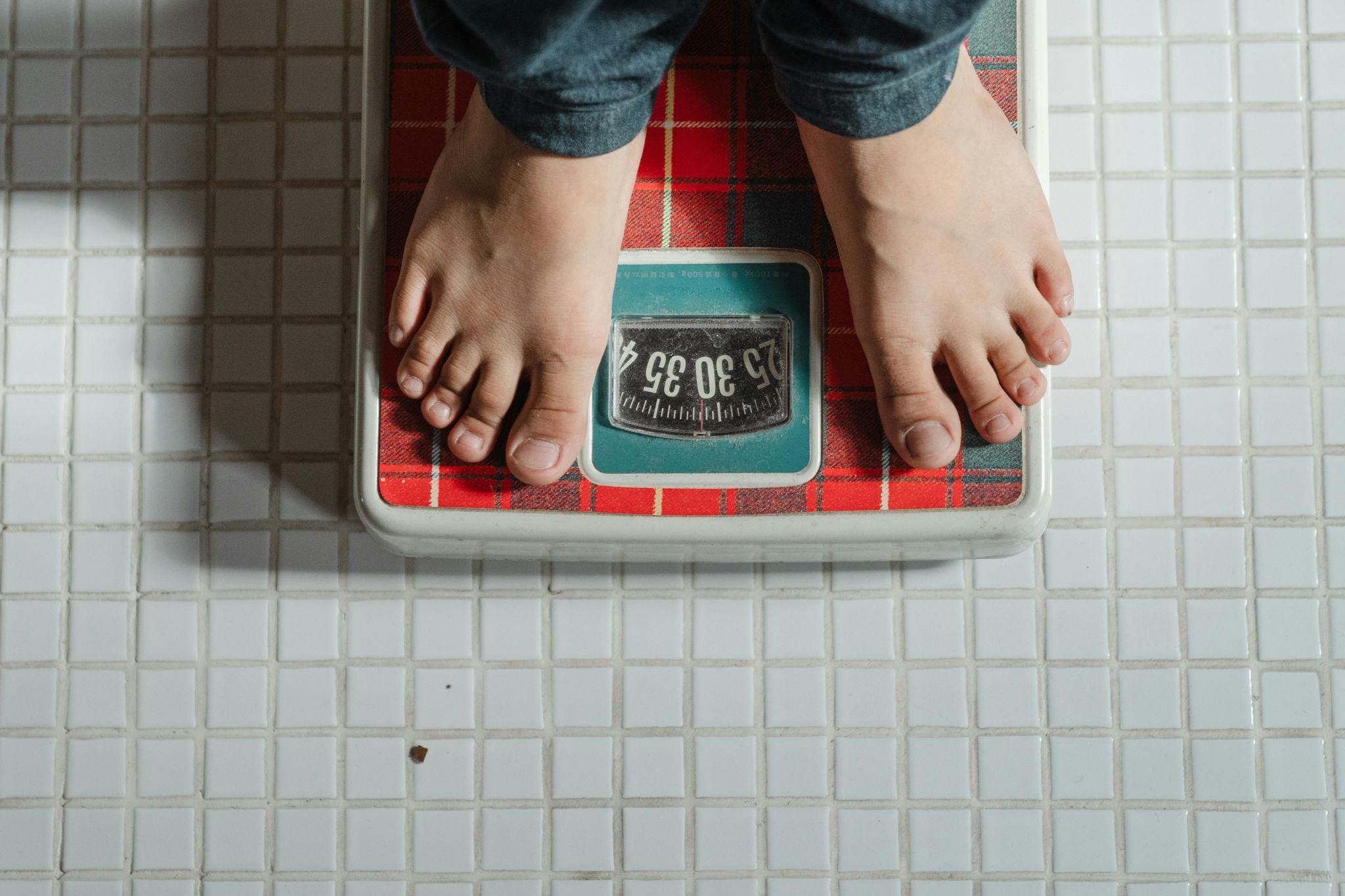
Imagine you’ve been diligently following your weight loss plan for weeks. The pounds are steadily dropping, and then suddenly, the scale refuses to budge. Frustrating, right? This is a common experience known as a weight loss plateau. Most people encounter this at some point in their journey.
Understanding why this happens and how to overcome it can help you keep moving toward your goals. This article will explore the reasons behind weight loss plateaus and offer practical strategies to overcome them.
Understanding Weight Loss Plateaus
A weight loss plateau is a period during which your weight remains stagnant despite continuing your diet and exercise regimen. It’s a natural part of the weight loss process, but it can be demoralizing. There are several reasons why plateaus occur:
Metabolic Adaptation: As you lose weight, your body requires fewer calories to function. This phenomenon, known as metabolic adaptation, means that your body has adjusted to your new lower calorie intake, making further weight loss more challenging.
Loss of Muscle Mass: When you lose weight, you’re not just shedding fat; you might also be losing muscle mass. Since muscle burns more calories than fat, a reduction in muscle can slow your metabolism, making further weight loss more challenging.
Tailor-Made Solutions for Breaking Plateaus
One of the most effective ways to overcome a weight loss plateau as a diabetes patient is through personalized solutions. Compounded semaglutide is an excellent option since it’s prescribed for those coping with type-2 diabetes. It helps regulate blood sugar levels and can also aid in weight loss by reducing appetite and increasing feelings of fullness. When customized to fit individual needs, compounded semaglutide can help restart weight loss progress.
To find a pharmacy that offers this service, search online with the keywords tailor made compounding semaglutide. This approach is especially beneficial as it allows the medication to be tailored to your specific dosage requirements, including or excluding ingredients based on your personal needs and allergies.
Practical Tips to Overcome Weight Loss Plateaus
There are several practical strategies you can implement to break through a weight loss plateau:
Reassess and Adjust Your Caloric Intake: As your weight decreases, your caloric needs change. It’s important to recalculate your daily caloric needs and adjust your intake accordingly. Eating too many or too few calories can contribute to a plateau. Use online calculators or consult with a nutritionist to find your new caloric requirements.
Increase Physical Activity: Boosting your physical activity can help you overcome a plateau. This might mean increasing the intensity of your workouts, adding new types of exercise, or simply moving more throughout the day. For example, if you’ve been walking for exercise, try adding in some jogging intervals or incorporating strength training exercises.
Build Muscle Mass: Incorporating strength training into your exercise routine can help build muscle mass. Since muscle burns more calories than fat, increasing your muscle mass can help boost your metabolism and break through a plateau. Aim for strength training exercises at least two to three times a week, focusing on all major muscle groups.
Monitor and Adjust Macronutrients: Sometimes, adjusting the balance of proteins, fats, and carbs in your diet can help. For example, increasing protein intake can help preserve muscle mass and boost metabolism. Aim to get about 25-30% of your daily calories from protein, and consider consulting a dietitian for personalized recommendations.
Behavioral and Lifestyle Changes
Making behavioral and lifestyle changes can also help you overcome a weight loss plateau:
Mindful Eating: Practicing mindful eating can help prevent overeating and promote healthier eating habits. Try to eat without distractions like TV or smartphones, and focus on the taste, texture, and smell of your food.
Stress Management: Chronic stress can negatively impact your weight loss efforts by increasing levels of cortisol, a hormone that can lead to weight gain. Engaging in stress-reducing activities like yoga, meditation, or spending time in nature can help manage stress. Make time for hobbies and activities that you enjoy and that help you relax.
Keep a Food and Exercise Journal: Tracking your food intake and physical activity can provide valuable insights into your habits and help you identify areas for improvement. This can also help you stay accountable to your goals. Use a journal or an app to record what you eat and how much you exercise each day.
Professional Help and Support
Sometimes, breaking through a plateau requires professional help:
Consult a Healthcare Professional: If you’re struggling to overcome a plateau, it might be helpful to seek advice from a doctor or dietitian. They can provide personalized recommendations based on your health history and goals. They may also suggest medical tests to rule out underlying conditions that could be affecting your weight loss.
Consider a Personal Trainer or Coach: Working with a personal trainer or fitness coach can provide you with tailored exercise plans and the motivation to stick with your routine. A trainer can help you set realistic goals and provide feedback on your form and technique.
Support Groups and Communities: Joining a weight loss support group or community can provide you with encouragement, accountability, and tips from others who are on a similar journey. Look for local groups or online communities where you can share your experiences and get advice.
Conclusion
Weight loss plateaus are a common part of the weight loss journey, but they don’t have to derail your progress. By understanding why they happen and implementing strategies like adjusting your caloric intake, increasing physical activity, building muscle mass, and seeking professional help, you can overcome them.
Remember, plateaus are normal, and with the right approach, you can continue making progress toward a healthier, happier you. Keep pushing forward, and don’t let a plateau stop you from reaching your ultimate goal. It’s all about finding what works best for you and staying committed to your health journey. Stay patient and consistent, and you’ll see the results you desire.








